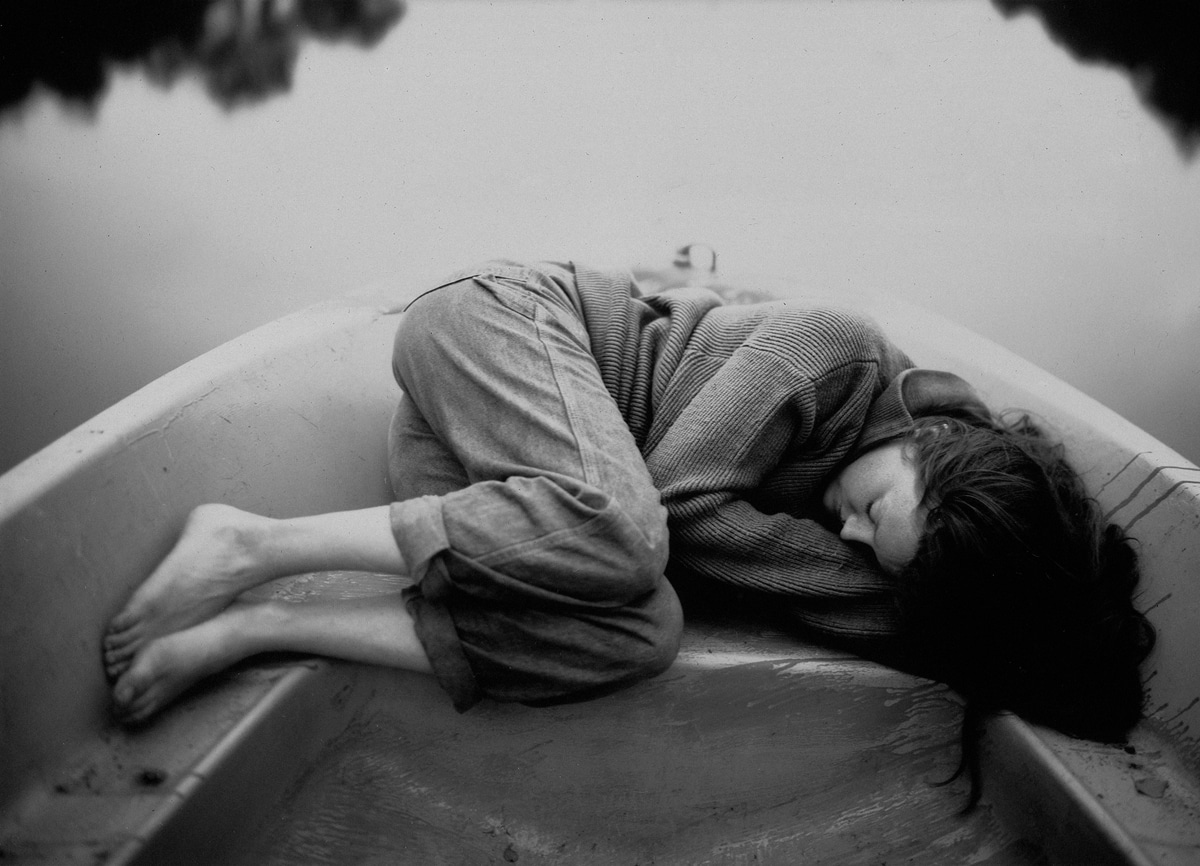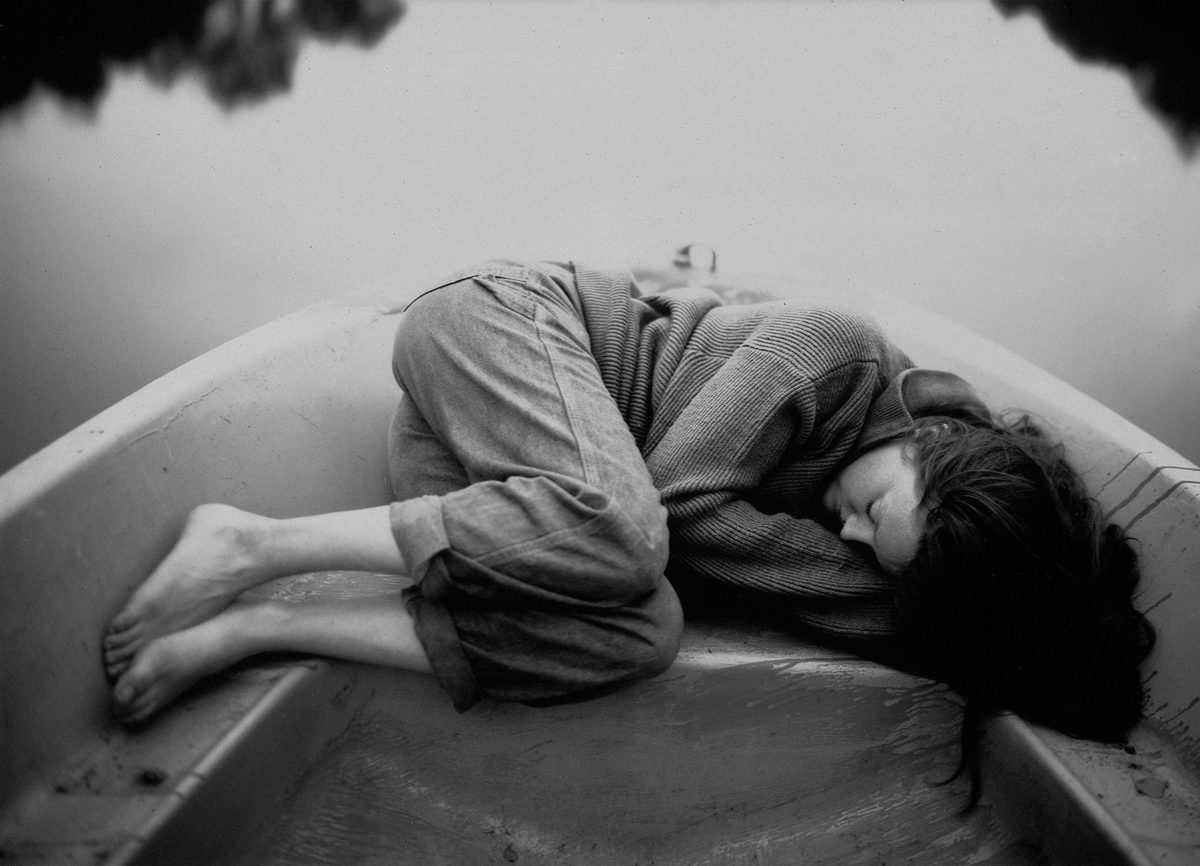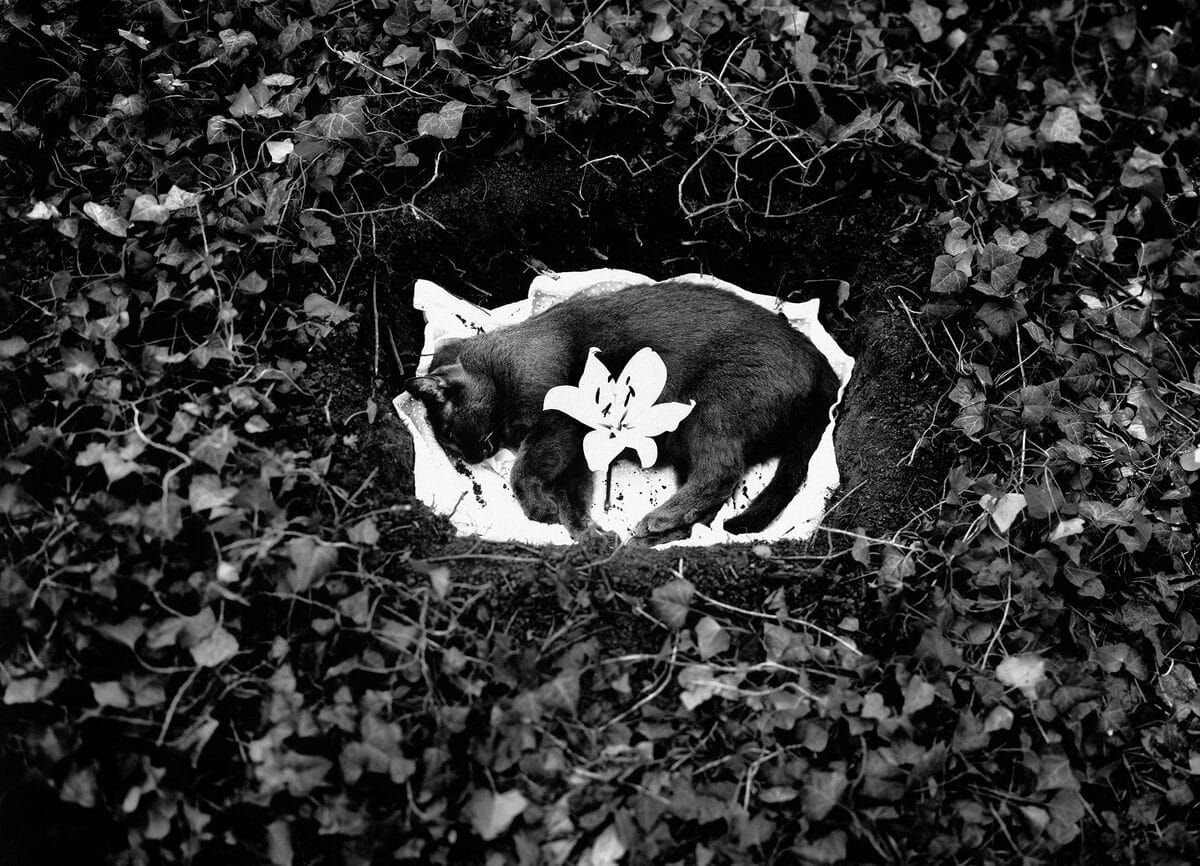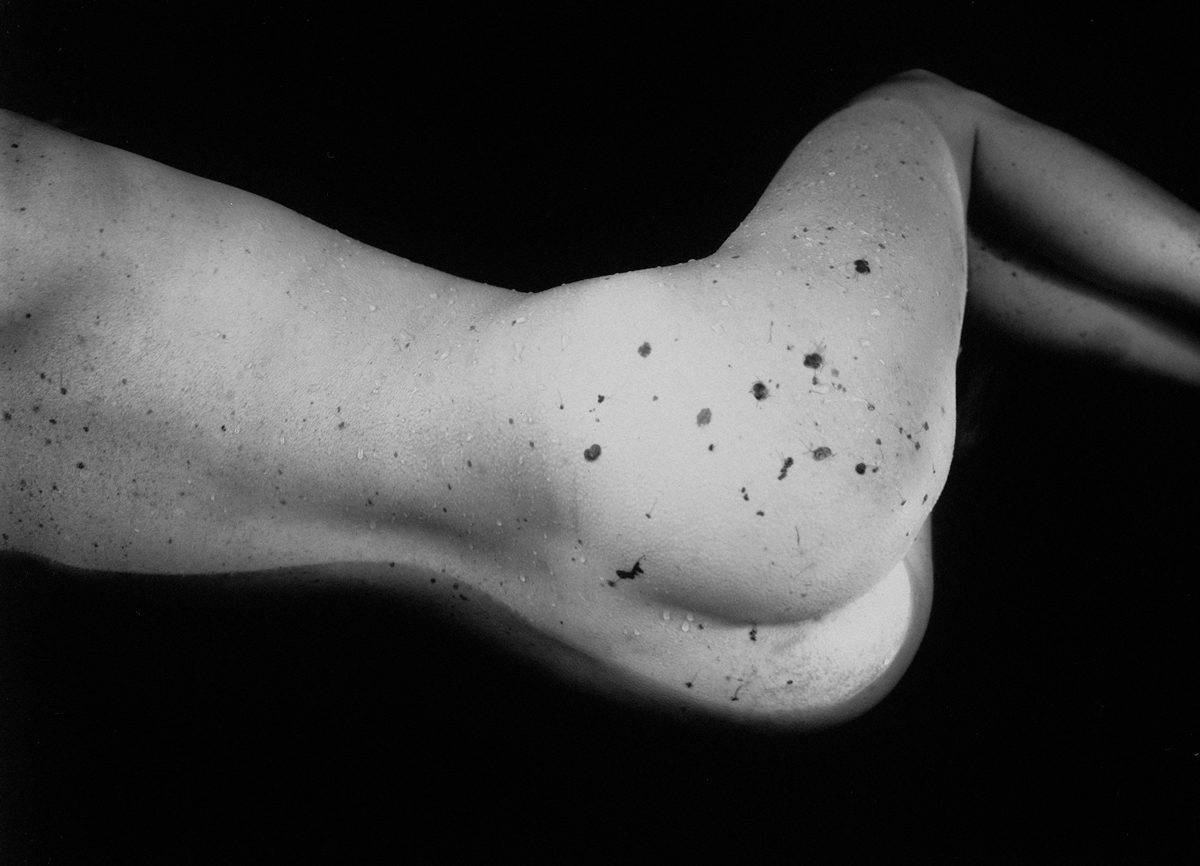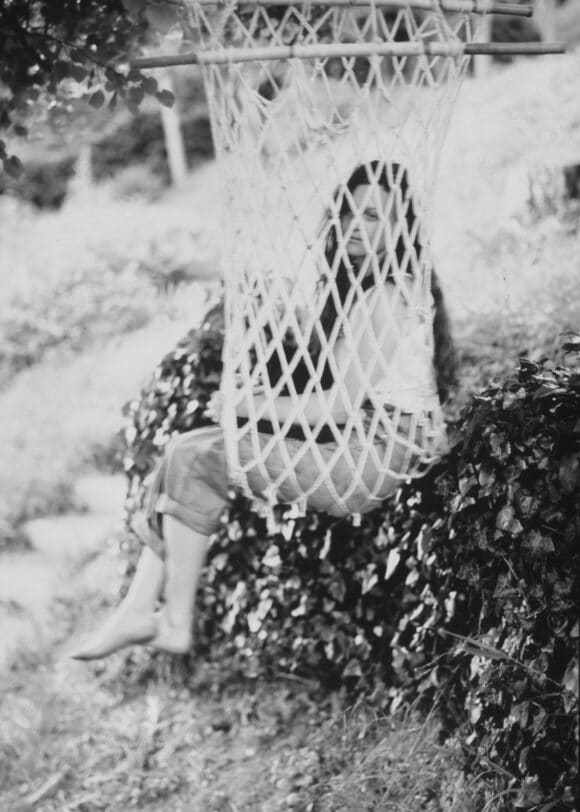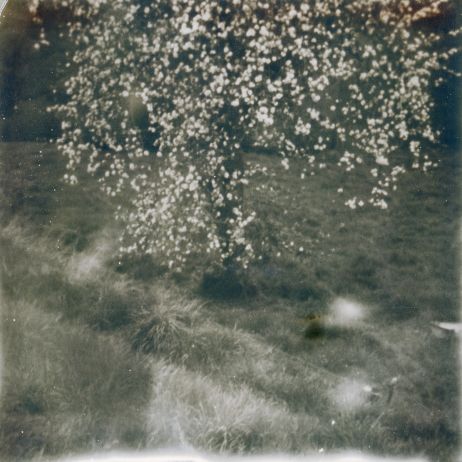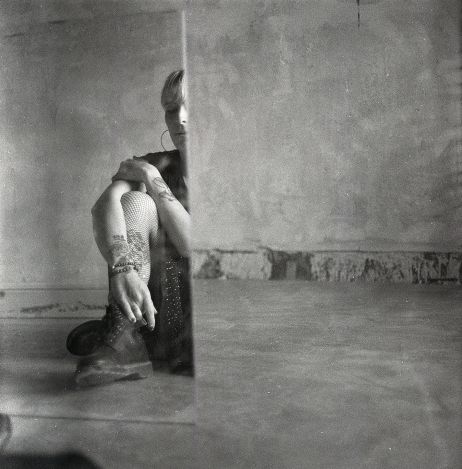With Blue Bayou, French photographer Martin Colombet paints the portrait of his lover Tess, deep in the forests where she grew up. Transported elsewhere, in a touching journey, we discover the blossoming moments of a love far from the world. This article can be found in our latest issue.
It is an imaginary land composed by two lovers, who are also in love with images. Martin, a photographer, composes them; and Tess, an iconographer, chooses them. But here, it is first and foremost her story that Martin has chosen to tell. A portrait increased with the places where she grew up, a bayou made in France where the French-American woman finds her roots. The story began on the other side of the Atlantic, near Boston, during the summer of 2018, when Tess’s grandfather suggested that the young couple go and see an exhibition by the photographer Sally Mann. “I knew her work,” Martin details, “especially the Immediate Family series, which had resonated strongly with me, but I’d only seen the book. Seeing the prints was a shock for me and for Tess too. When we returned to France, we made the first images.”
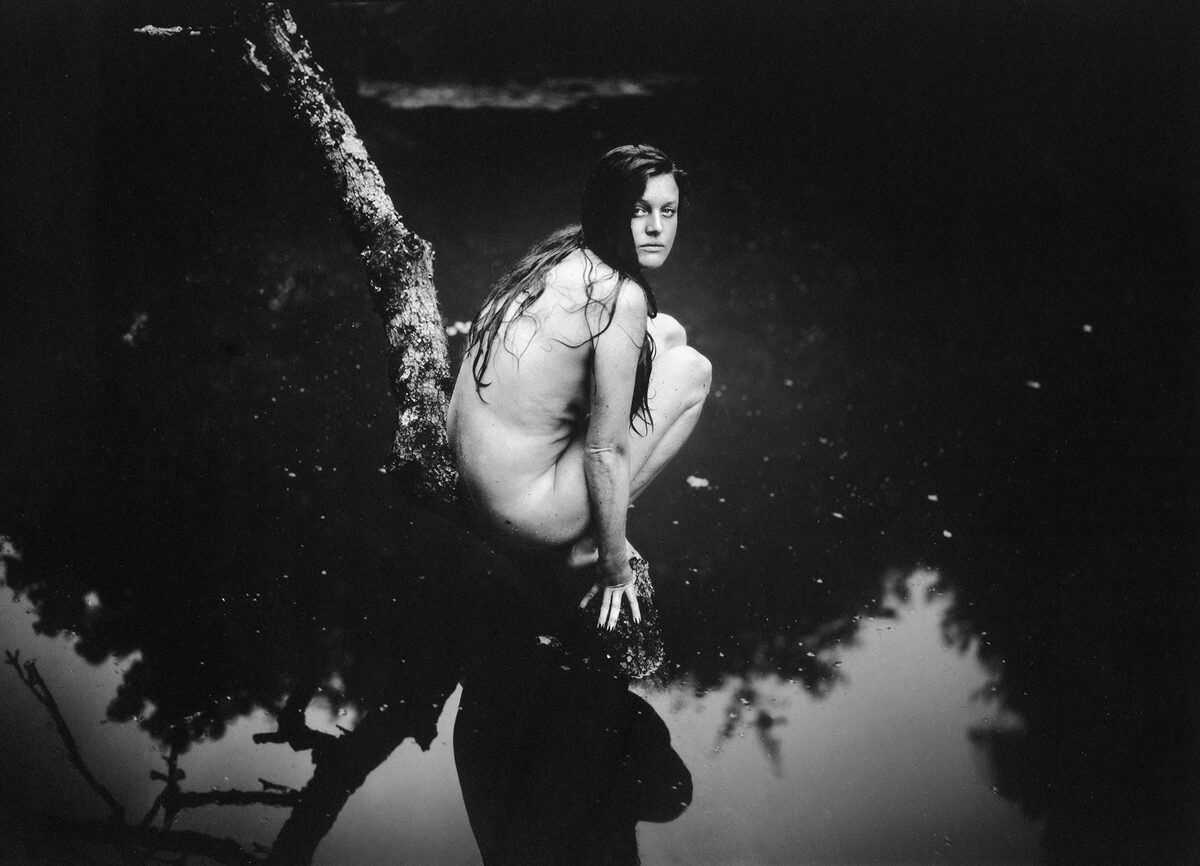
A sensual and dreamlike network
Begun as a diary tracing the beginnings of their story, the first calotypes weave a sensual and dreamlike network. The meanders of the river are associated with the softness of bodies, plants and animals that seem to melt into it as if in a dream. Calotype, this old technique with strong constraints (low sensitivity, long exposure time, delicate setting of the 13×18 cm camera…) “influences the way of making photographs and posing,” analyses the photographer. Everything takes on more value, the shot becomes solemn. This process produces beauty beyond its plasticity and changes the relationship to time. Far from any nostalgia or the “slightly snobbish and elitist” side of pictorialist photography, Martin does not hesitate to add photos taken with a Leica or a smartphone in order to capture fleeting moments, snapshots that energise the narrative. “I like to mix generations of cameras, it allows you to travel in time. Even if the backbone of this work remains the calotype,” he adds.
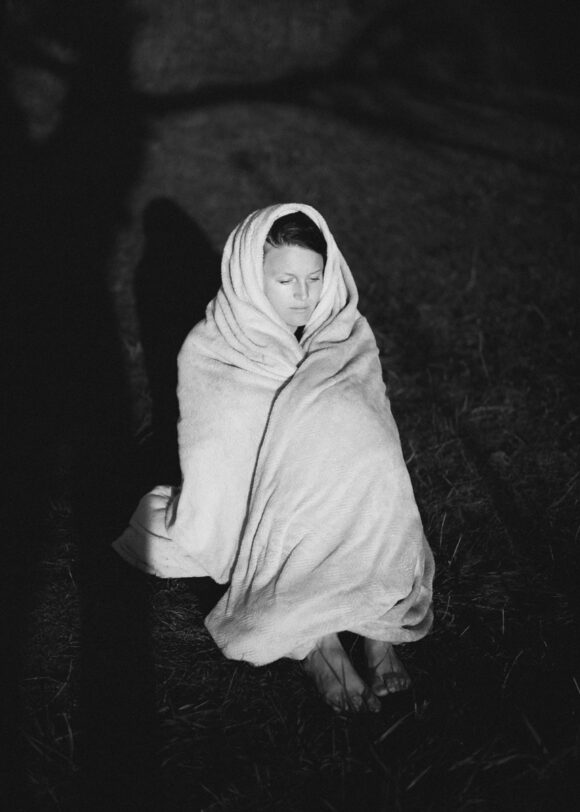
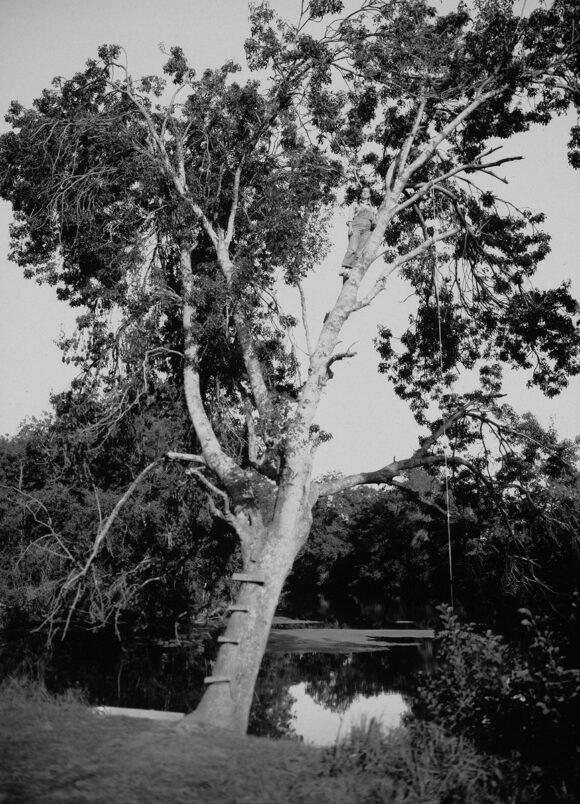
The first chapter
In the course of the images of this huis clos in the brackish waters of this Blue Bayou, “where she and I dialogue in the indifference of the world, places hostile to adult civility but where the wilderness of children can be fully expressed”, we see appearing what Tess and Martin call their totems: elements that mark out their story. For her, these are the trees, the canoes and the animals that saw her grow up. Then there is a bow made from a young ash tree that fell next to the house, and a knife whose handle was made from the cherry tree in the garden, which Martin gave her. Or the pikes caught in the river… A whole world as real as it is imaginary, constituting the first chapter of a story that the two lovers intend to continue. For their pleasure as much as ours.

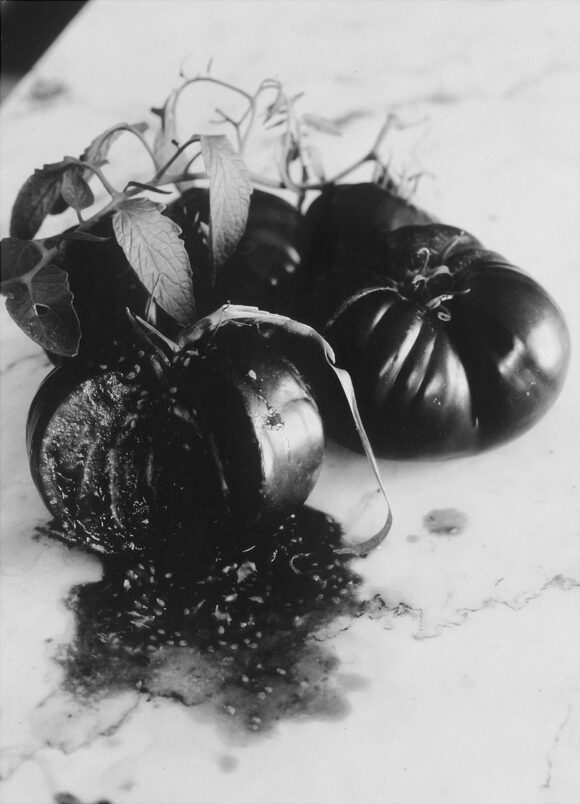
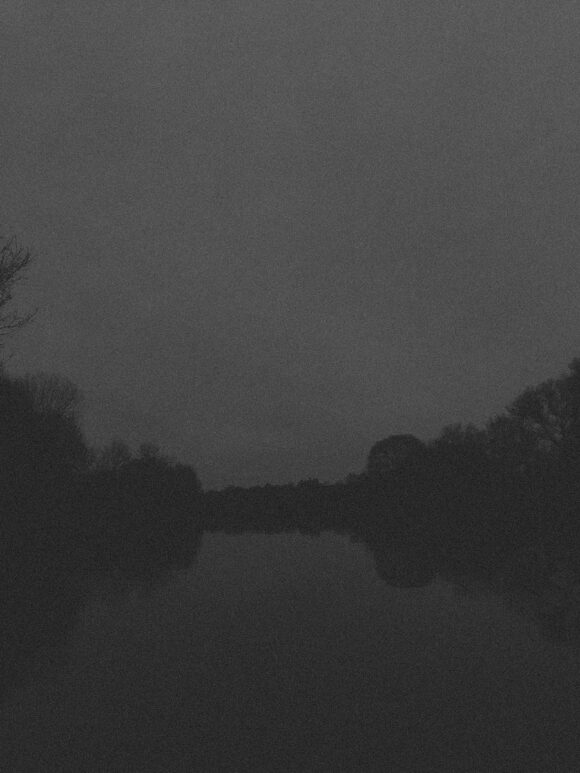
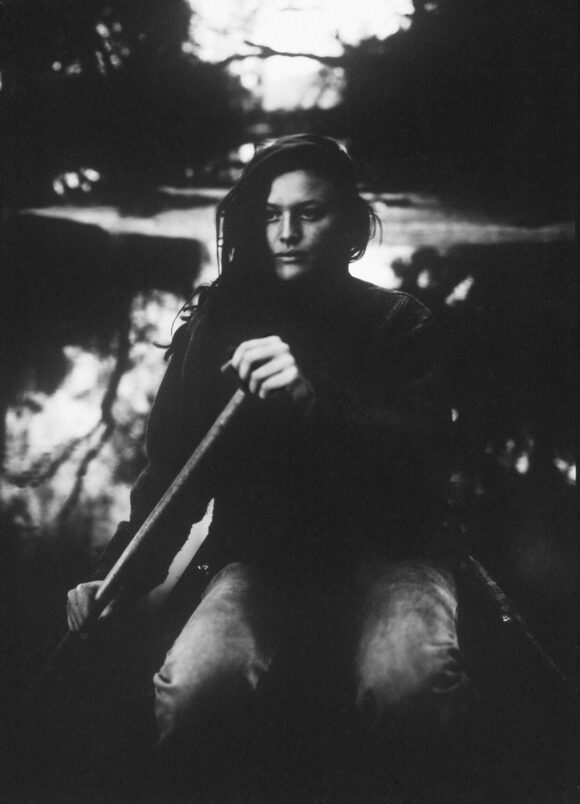
Blue Bayou © Martin Colombet
